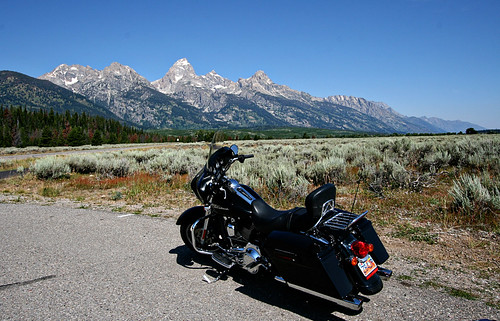
I remember exactly what I was doing and who told me about the planes hitting the towers. I’d be willing to bet most of us remember what we were doing on that day 10 years ago. Ironically, I was at a place where cameras weren’t allowed, so no one will get to see my shots of that day.
For photographers 9/11 changed the perception rather than the reality. All of a sudden, someone taking pictures was suspicious behavior. Security guards felt empowered to claim the sidewalks in front of their building, as if any public space was suddenly a terrorist target and photos were aiding the enemy. We were no longer merely hobbyists or professionals pursuing our craft, we were potential spies.
Restrictions on photography started getting crazy as authorities at every level decided they had an obligation to do something to make themselves feel safer, even if that was something as useless as hassling photographers. The world was paranoid on a massive scale and we were conveniently visible.
I was with a pool of photographers outside a court room one time shortly after the attack when one of several people complained to the police we were taking photos of the building. The police, who knew us, patiently explained we were photographers and it was alright. Not good enough for one older gentleman who continued to insist he should “check them out.” Even though we were together in a group and all had press passes to work in that area. Finally, the media rep from the city arrived and asked us to move out of the lobby to an area under the stairs, so we didn’t disturb people. We were regulated to the status of trolls under the bridge, which I guess is better than spies.
Fortunately, in the last 10 years sanity has largely returned, although the sight of a camera still throws some low-level people with the IQ of a grapefruit into a security awareness tizzy. It still can be problematic shooting at train stations and airports and the days of being able to camp at the end of the runway to shoot pictures of incoming planes are over in many places. Some security guards are still trying to claim the sidewalk, but by and large, there are fewer people lunging at camera lenses.
Still, every so often I still hear a cop or security guard remind me that “everything changed after 9/11”.
Remember your legal rights as a photographer.
Do you have a post-9/11 photography paranoia story to share? Had your camera equipment confiscated or had the police try to make you delete pictures? Share it in the comments section.


